16 Hintergleisflächen by Stefan Marx – curation of solo show at U Hansaplatz & GROTTO
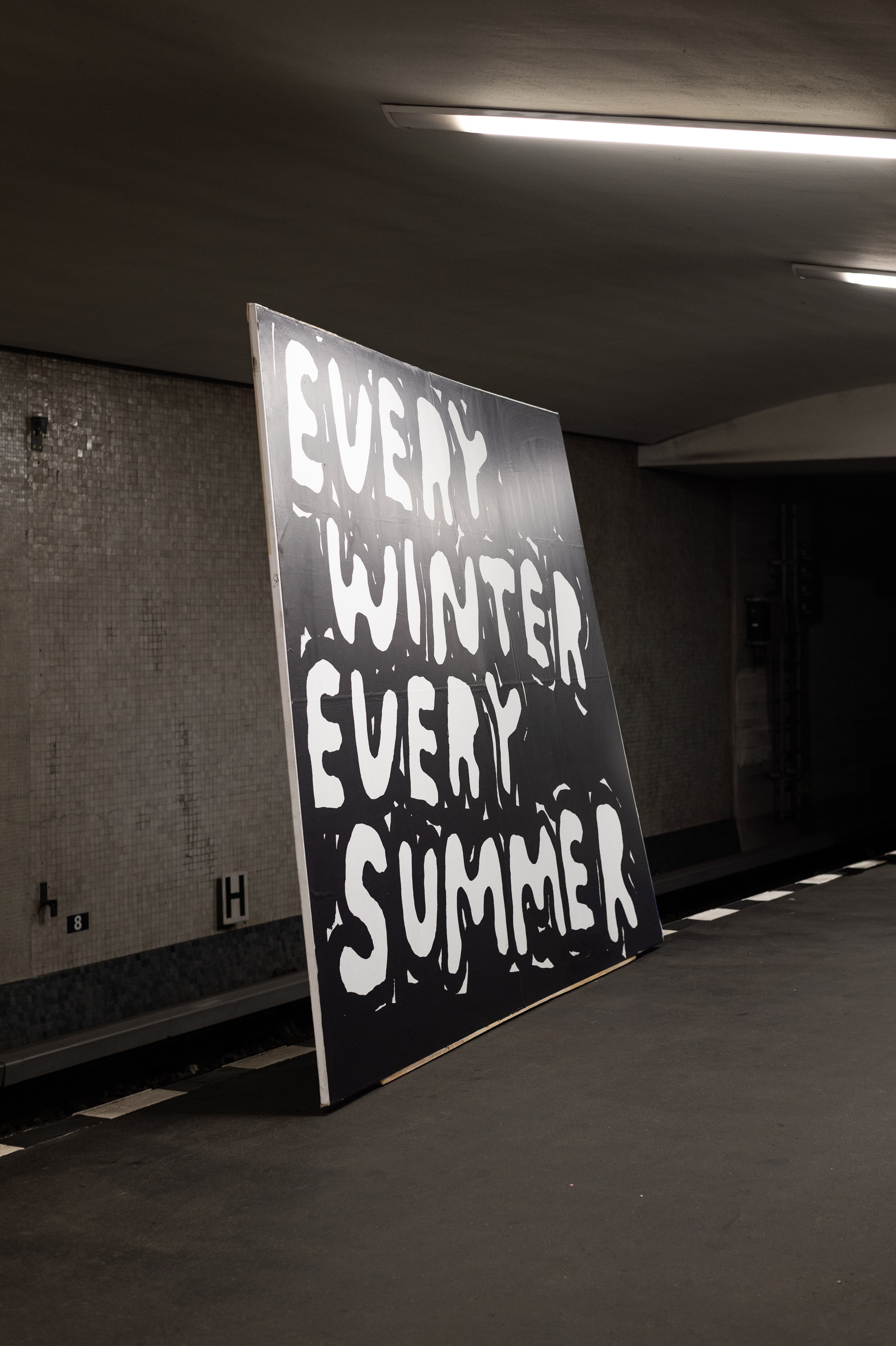
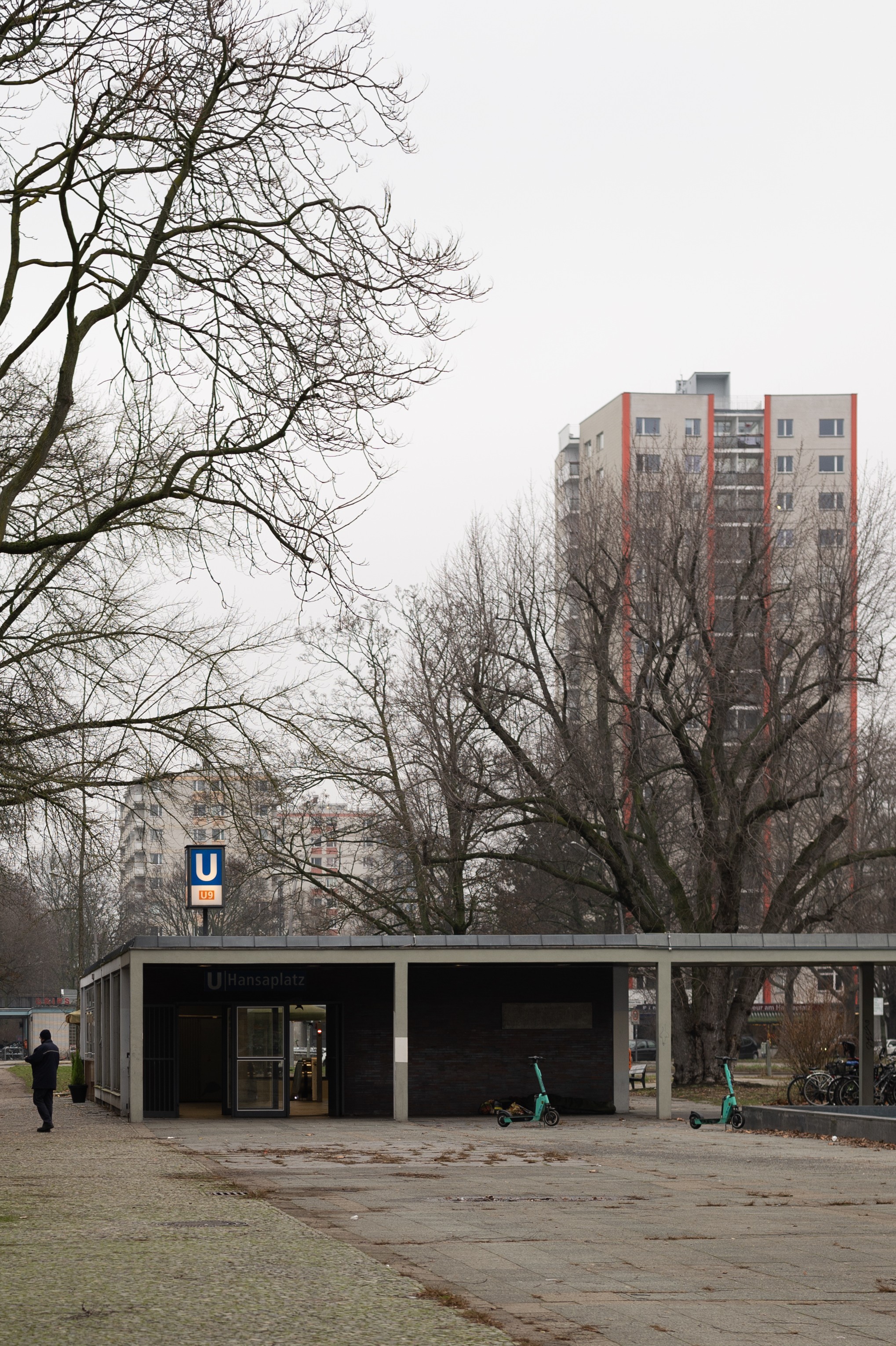
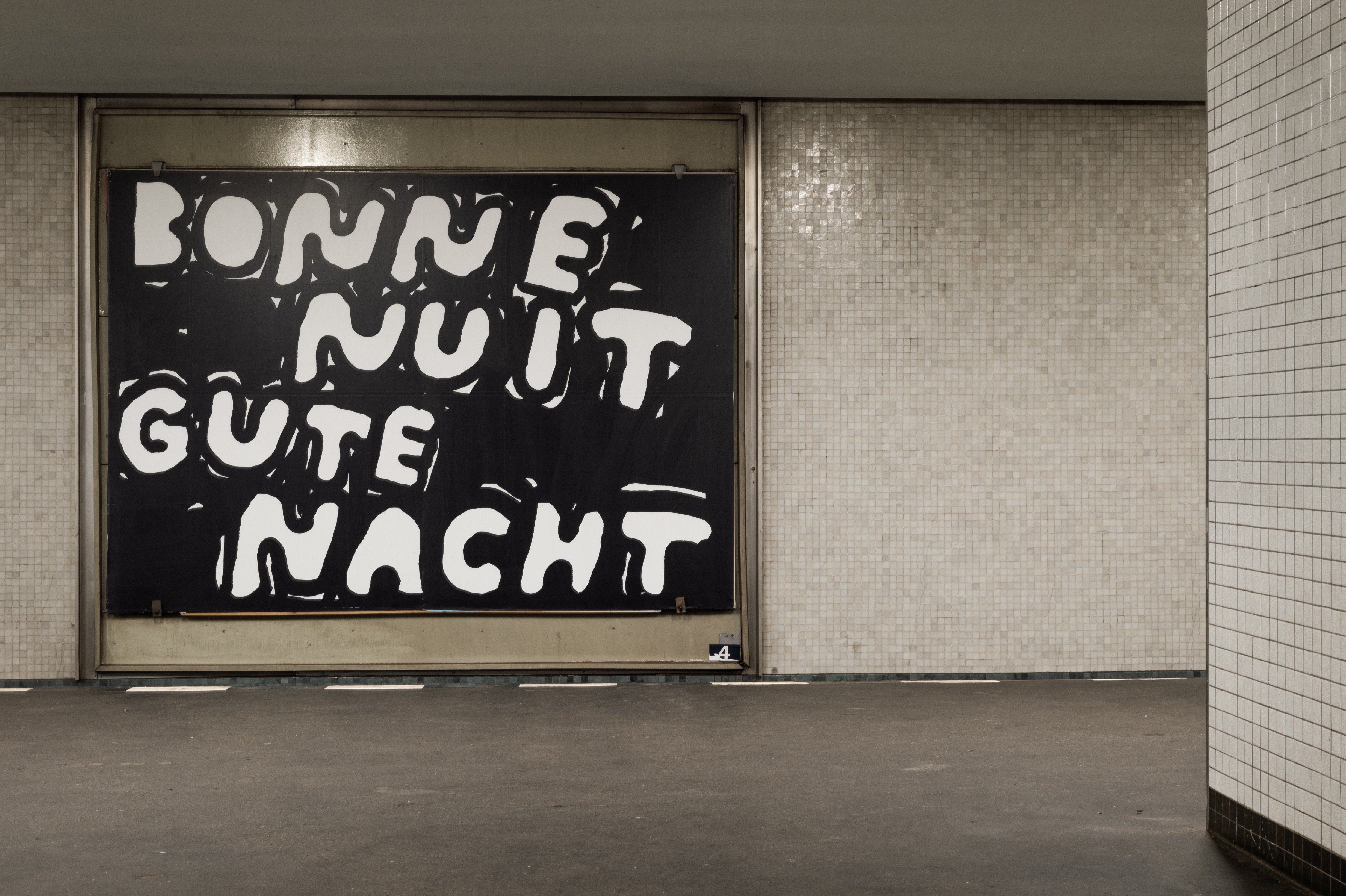
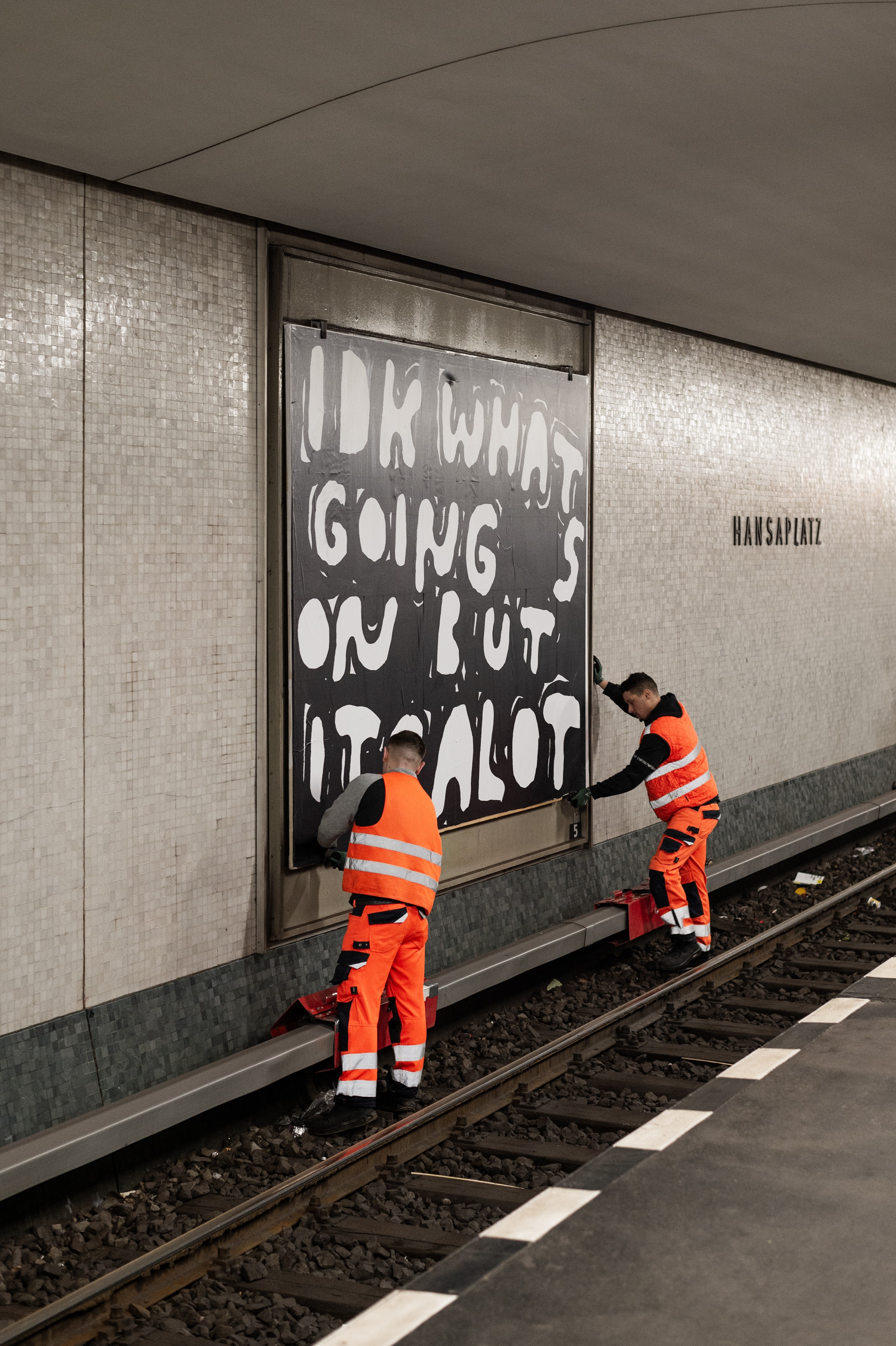
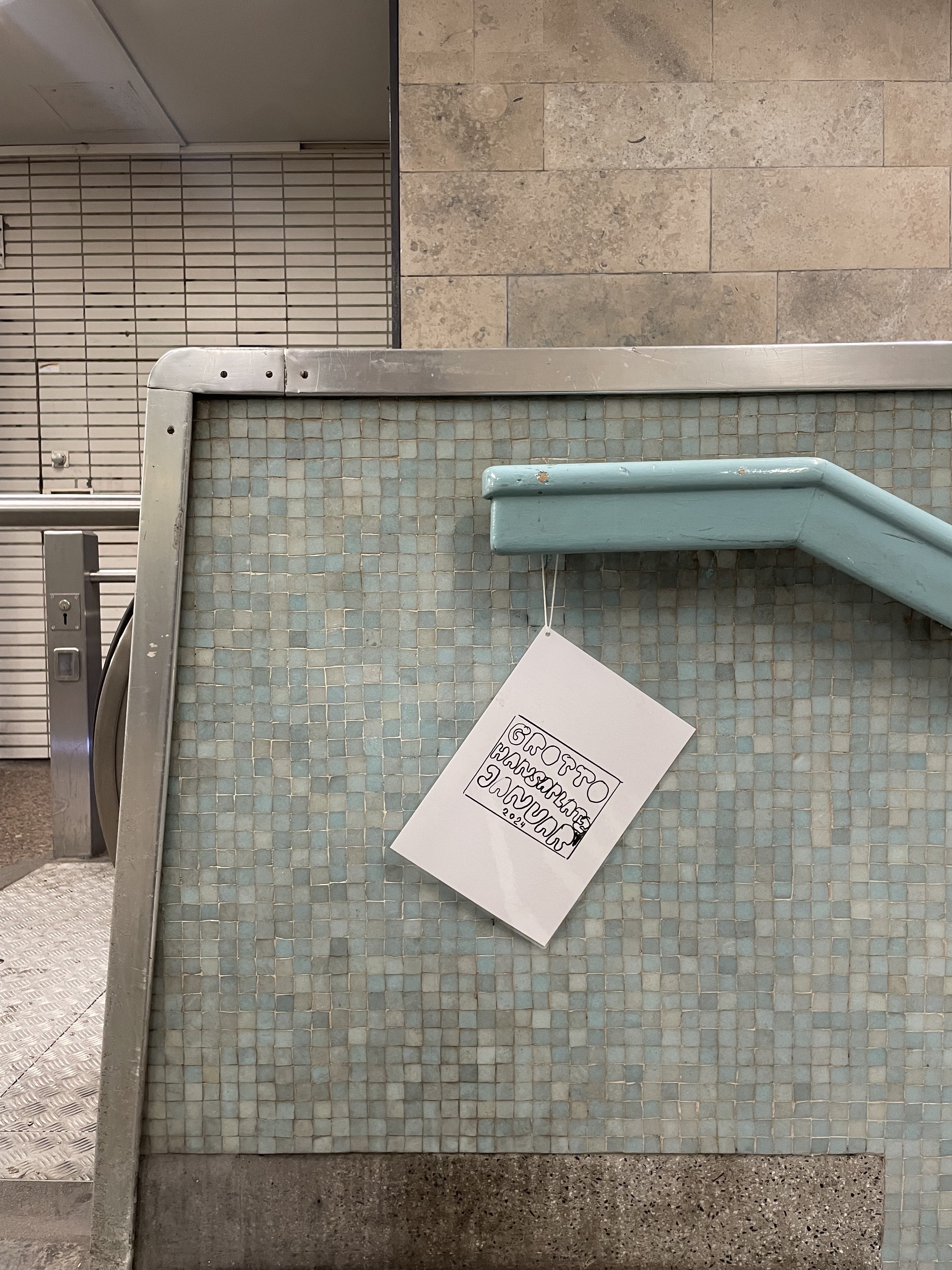
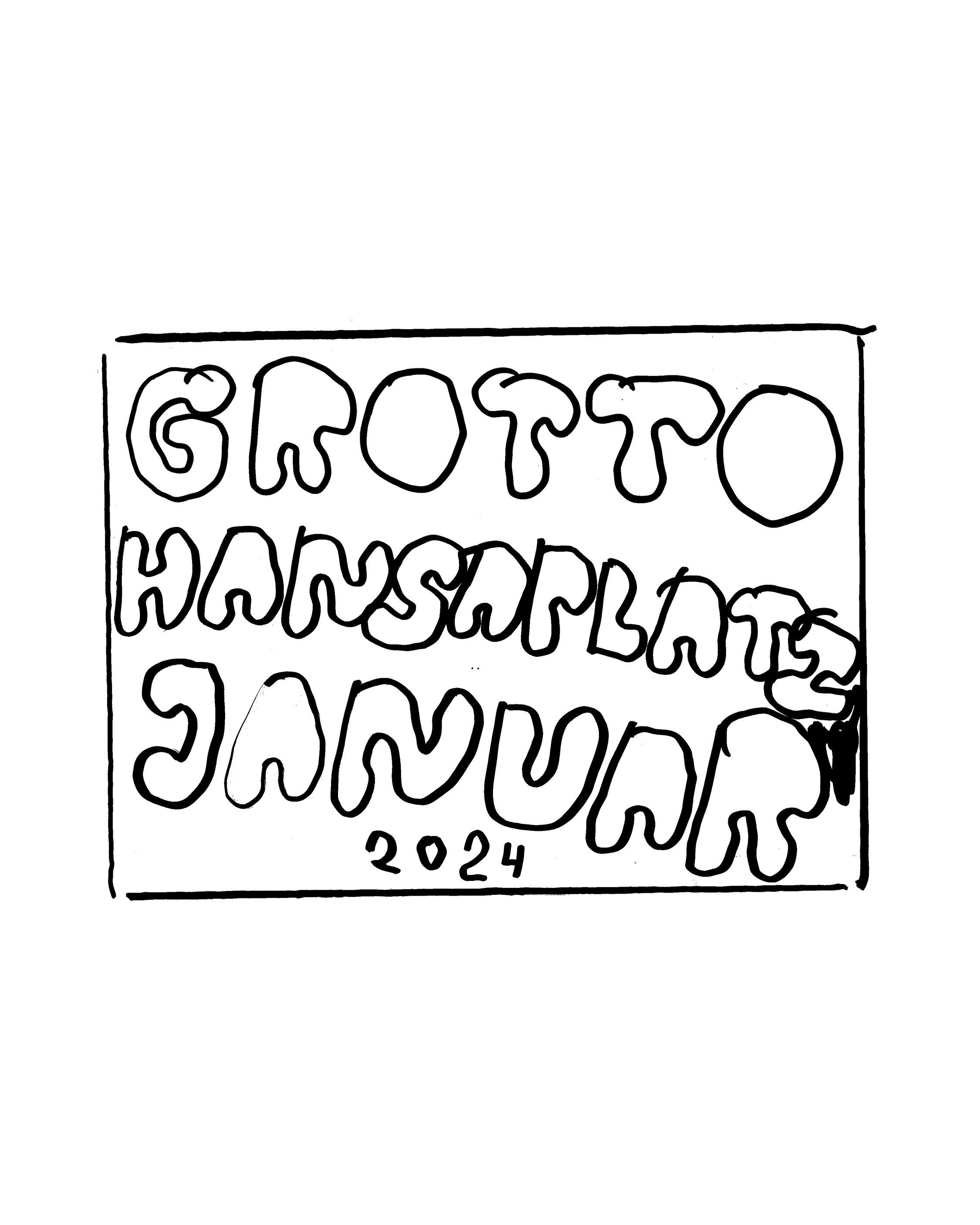
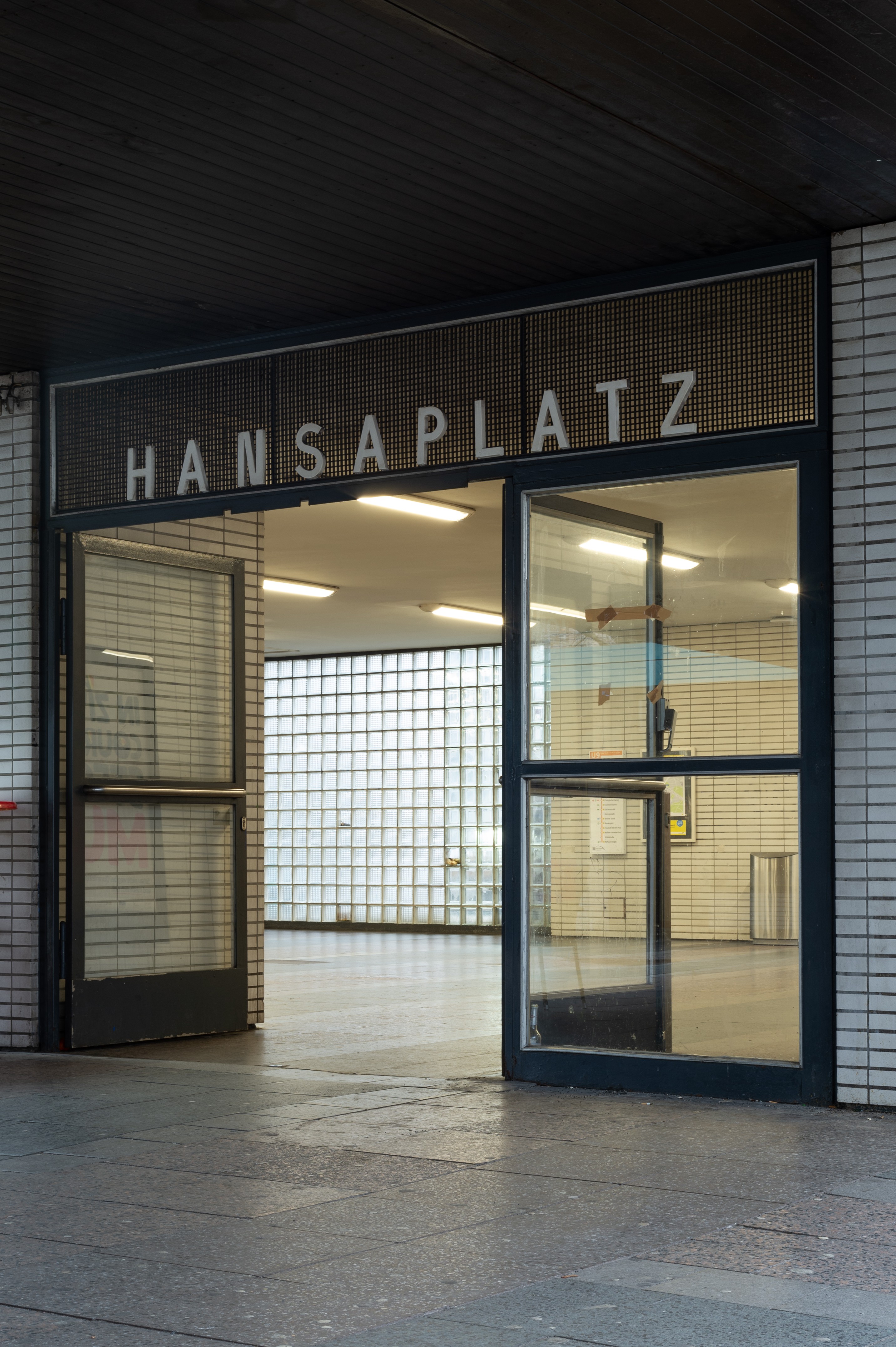
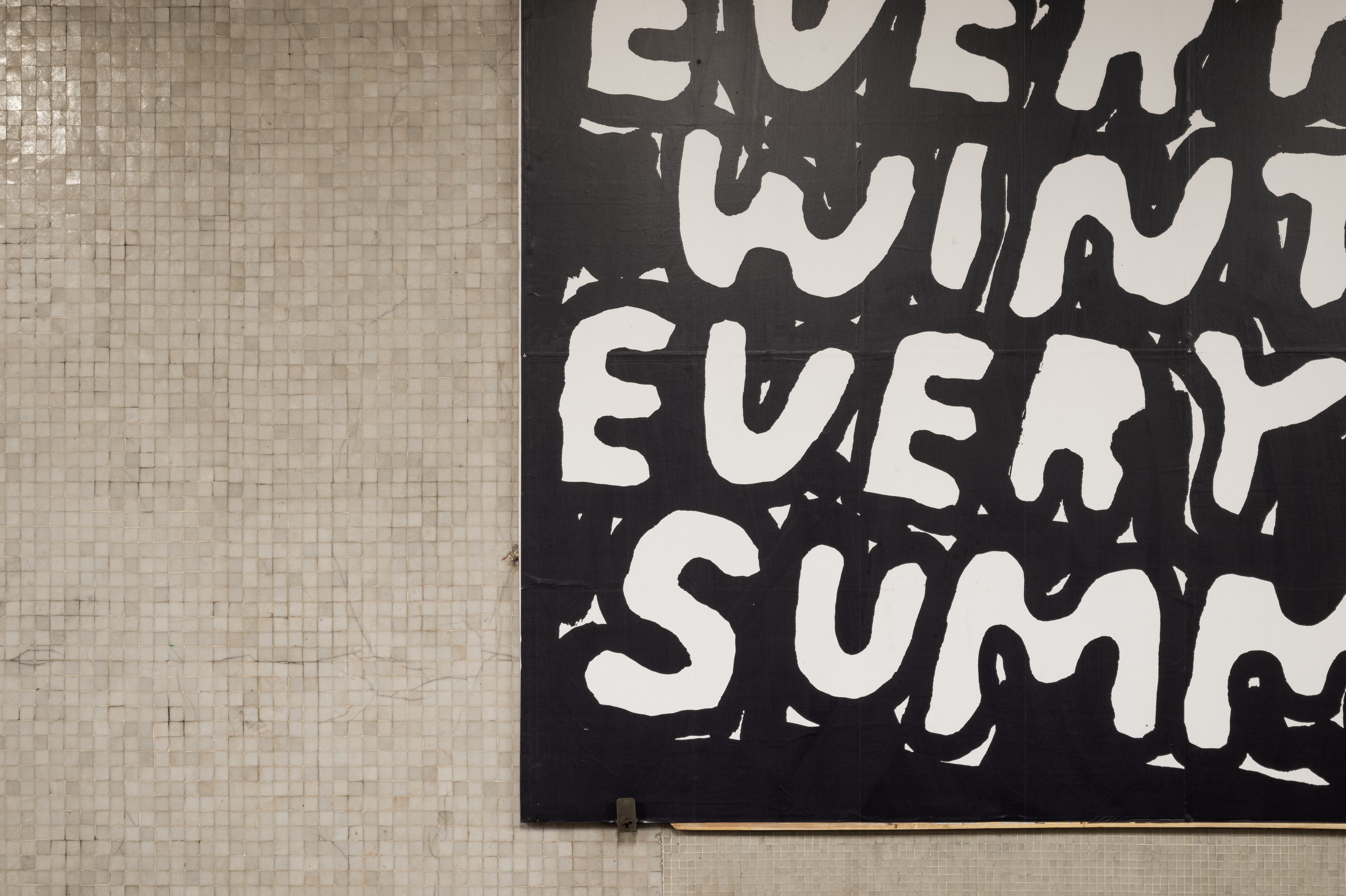
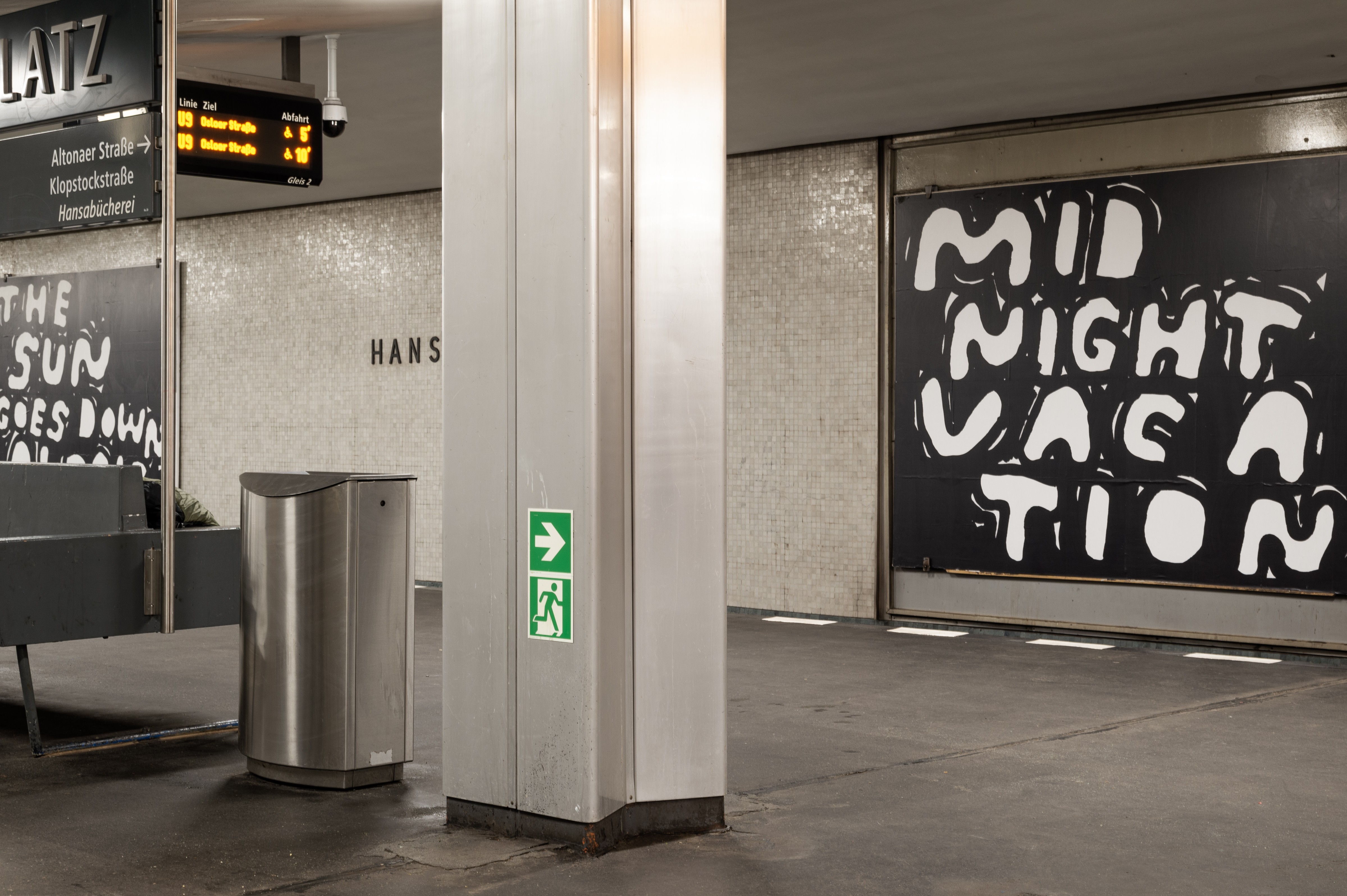
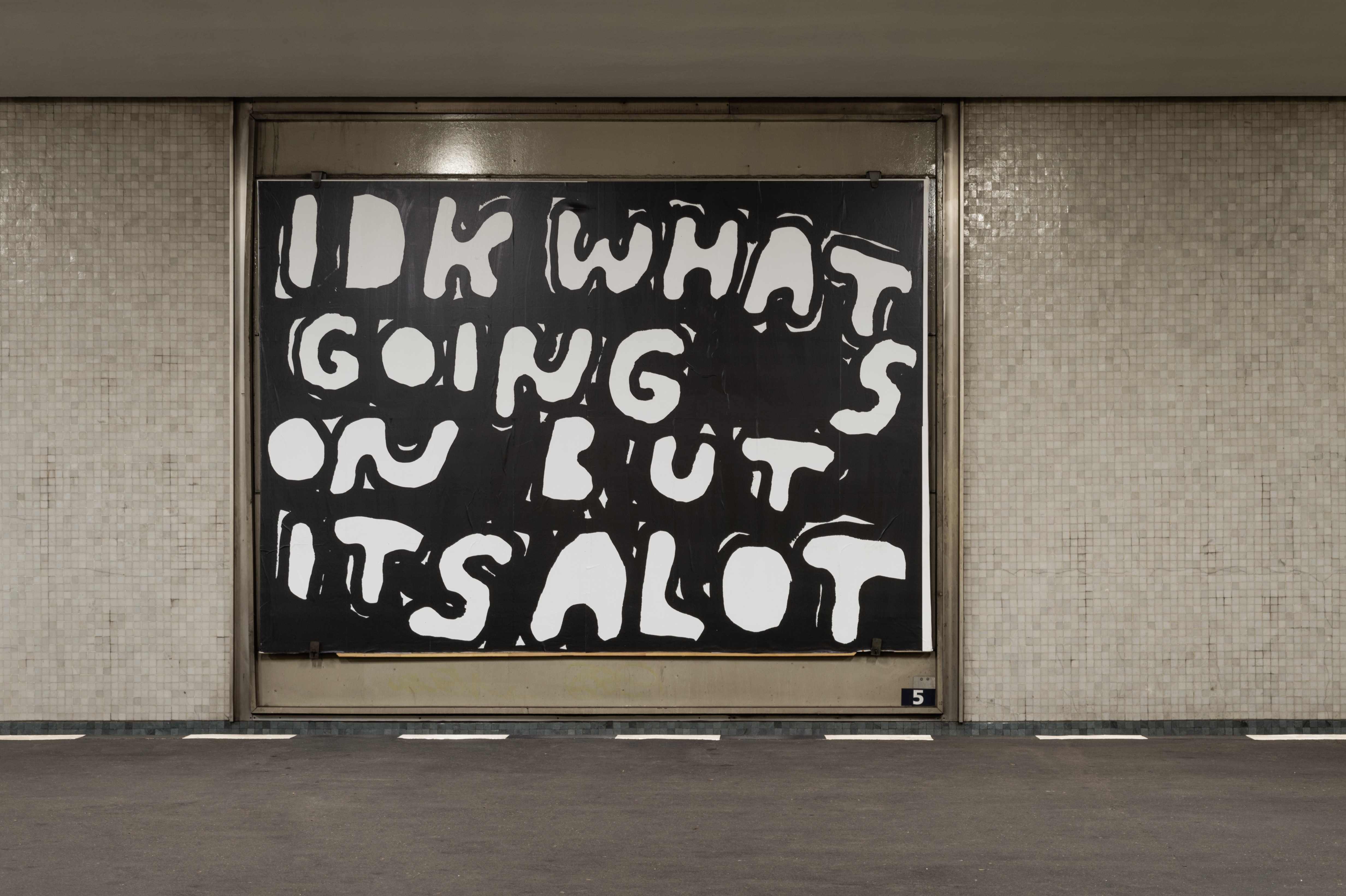


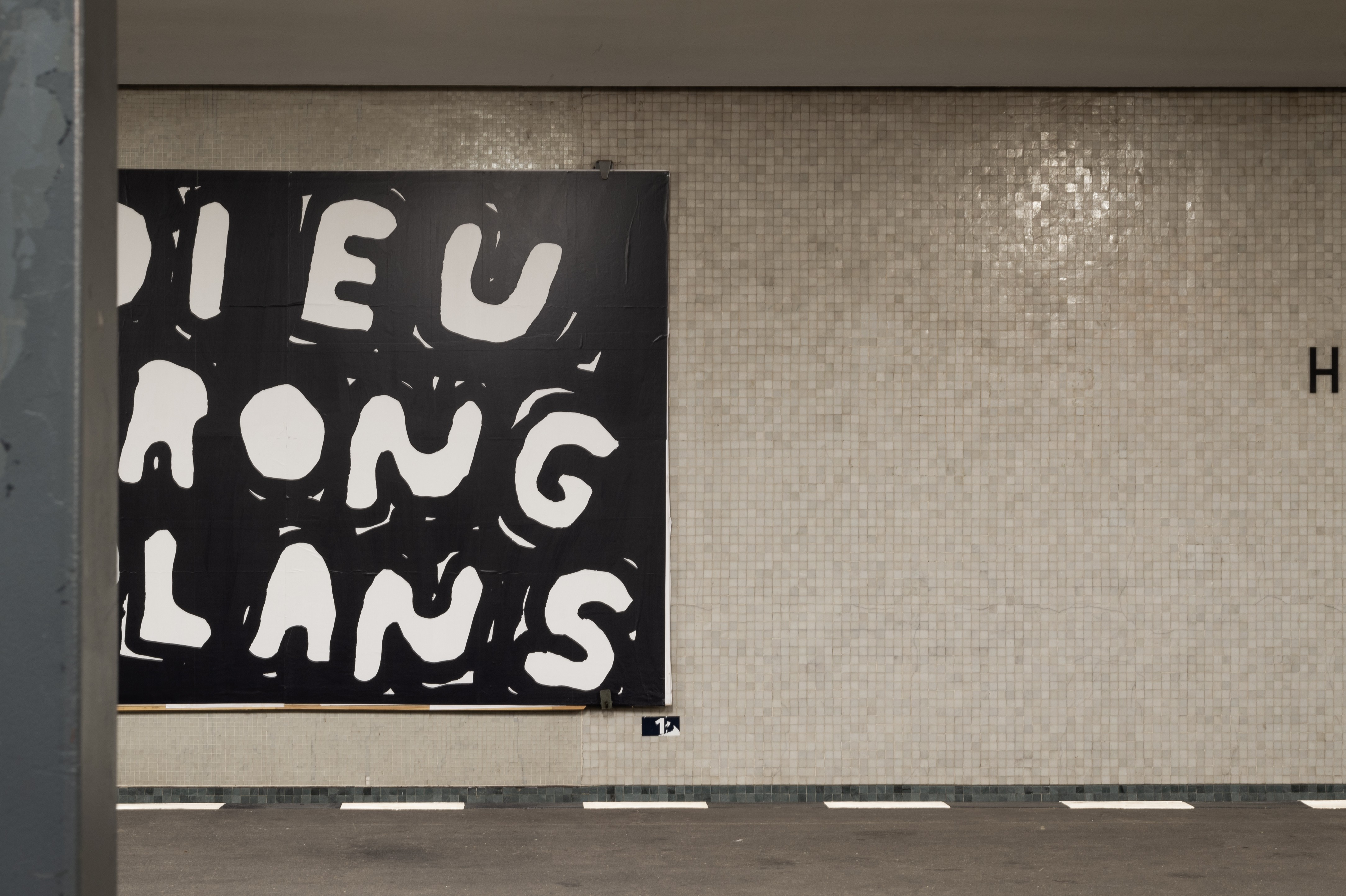
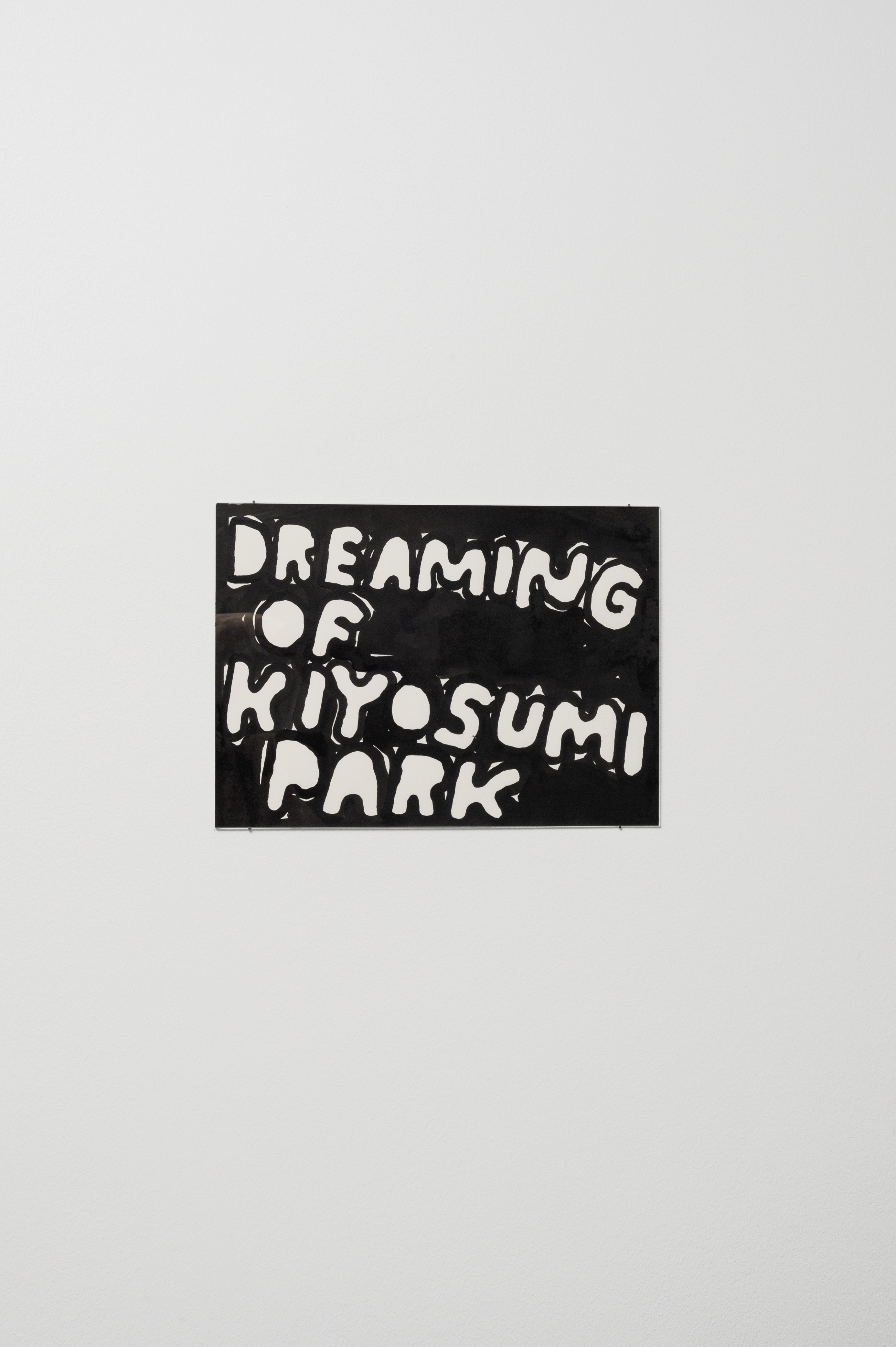
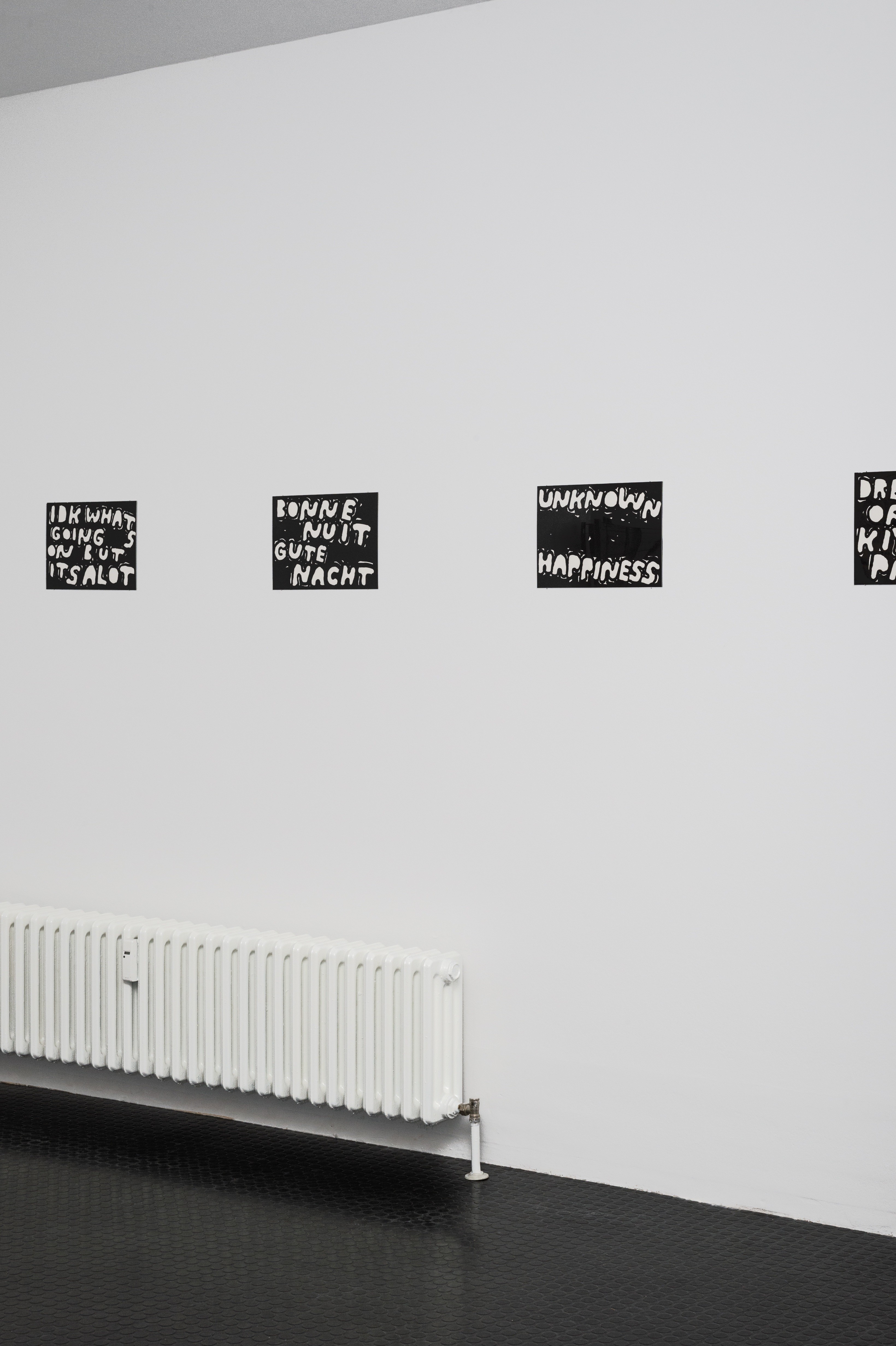
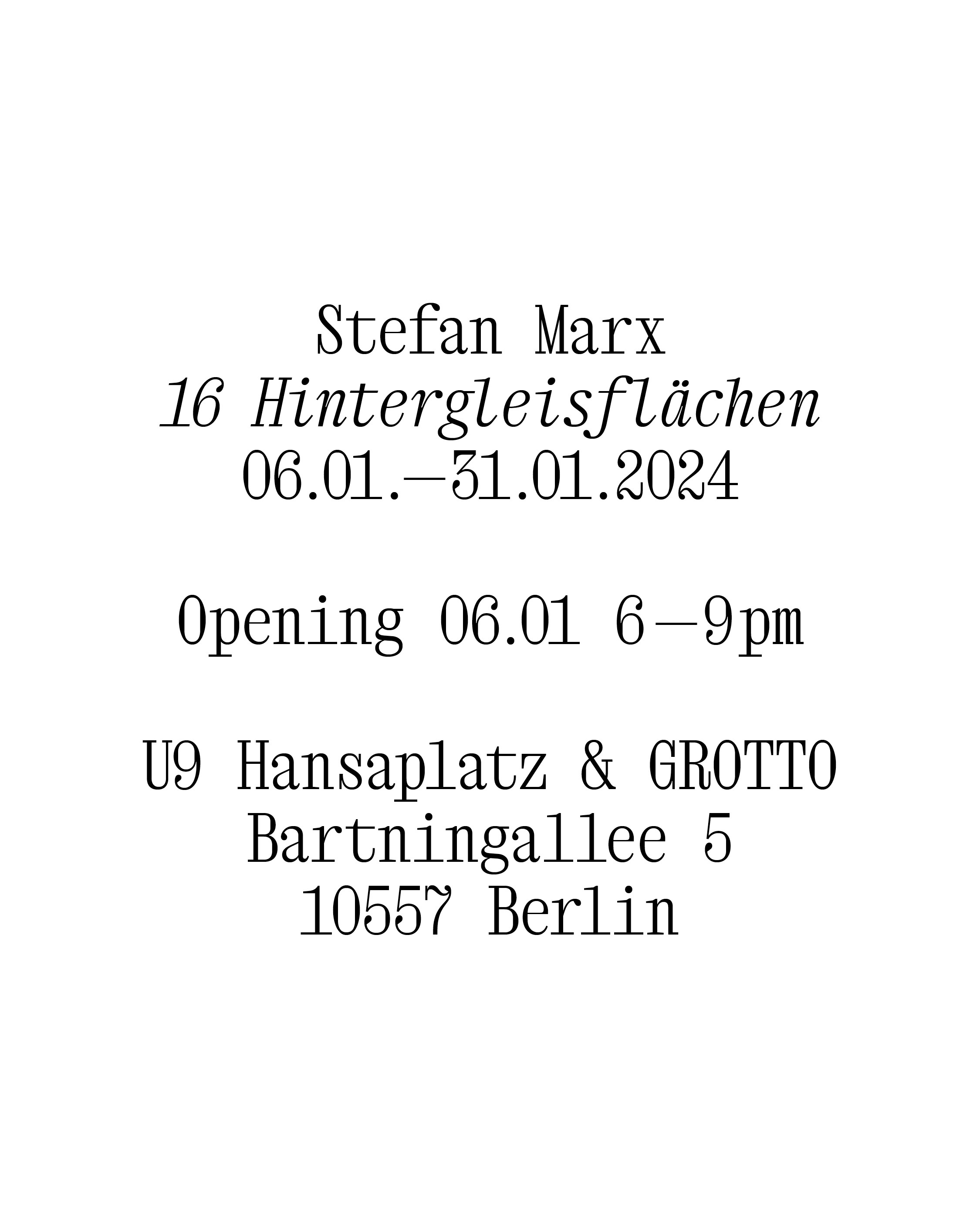
January 6 – 31 2024, solo show 16 Hintergleisflächen by Stefan Marx at U Hansaplatz & GROTTO, Berlin
Exhibition text by Laura Helena Wurth
Music by Lawrence (listen to the playlist of the opening)
Graphic Design by Timo Schmitt
→ Press
Monopol
gallerytalk.net
rbb (Kultur – das Magazin & Abendschau), February 3 2024
ZeitMagazin MANN, Frühjahr–Sommer 2024 (print)
KUBAPARIS
Weltkunst
HOUYHNHNM (in Japanese)
Tagesspiegel (online & print)
DIE SUCHT ZU SEHEN. Der Grisebach Podcast
Berliner Zeitung (online & print)
Was für ein Tag! ZEIT-Newsletter, January 9 2024
Contemporary Art Library
Mister Motley (in Dutch)
Berliner Morgenpost (exhibition, online)
Berliner Morgenpost (deinstallation billboards, online & print)
CeeCee
Hatje Cantz
B.Z. (online & print)
visitBerlin
- DE -
GROTTO ist ein neues Projekt, kuratiert von Leonie Herweg. Eines, das den Blick des
Alltages ein wenig verändert, eine kleine - im besten Sinne - Unstimmigkeit einschle-
ust, in einen streng getakteten Tag. Es ist ein Angebot.
Wir gehen jeden Tag in den Untergrund, wir hetzen die Treppe hinunter, der warme Wind
der heranfahrenden U-Bahn verweht unsere Haare, wie die von Beyoncé, wenn sie auf der
Bühne steht und vor ihr ein riesiger Ventilator dafür sorgt, dass ihr Haar drama-
tisch herumwirbelt. Unser Ventilator ist die U-Bahn. Wir haben “Beautiful Nightmares”,
die vielleicht doch noch zum “Sweet Dream” werden. Vielleicht ist der Mann mit der
Bauchtasche ein Kontrolleur oder ein Crack-Dealer. Seit der Einführung des Deutschland-
Tickets werden wir das wohl nie erfahren. Fast trauert man dem Nervenkitzel hinterher,
den das ständige Abwägen mit sich brachte, bis man zu alt wurde fürs Schwarzfahren und
lieber einen Fahrschein zog, den man in der Manteltasche zu kleinen Rollen zusammenk-
netete, danach vergaß, um nach der Wäsche unlieb wieder an seine Existenz erinnert zu
werden.
Was man schnell vergisst, wenn man sich von der U-Bahn durch die Stadt chauffieren
lässt ist, dass es die U-Bahnhöfe schon eine ganze Weile gibt. Sie also auch immer mit
einer Geschichte verbunden sind. Der U-Bahnhof Hansaplatz ist Ende der 1950er-Jahre im
Rahmen der Bauausstellung “Interbau” zusammen mit dem Hansaviertel entstanden. Nach dem
Zweiten Weltkrieg wollte man Berlin so wieder mehr Aufmerksamkeit zuteilwerden lassen.
Denn, heute kaum vorstellbar, nach dem Krieg interessierte sich kaum jemand für das
Niemandsland Berlin, das da mitten im Staatsgebiet der DDR wie eine Insel lag. Also
stampfte man eine ganze Bauausstellung aus dem Boden, in deren Folge das Hansaviertel
und auch der U-Bahnhof Hansaplatz entstanden.
Heute sind dort, wo normalerweise Werbung für Rasierer, mit denen man sich den Kopf
besonders schnell scheren kann und den Wartenden einen kurzen Moment der Zerstreu-
ung bieten, schwarz-weiße Plakate mit wabernden Buchstaben zu sehen. Stefan Marx hat
Gesprächsfetzen, Sätze, die man nebenbei ganz funktional liest, Auszüge aus Songtex-
ten, in verschiedene Sprachen übersetzen lassen und auf die Werbeflächen aufgebracht.
Anstatt Werbung, die in schrillen Farben und mit markigen Sprüchen nach der Aufmerk-
samkeit der Wartenden heischen, steht dort jetzt “I’m here to sing you songs” auf
Ukrainisch, “Listen to the Rain” auf Vietnamesisch oder “Thank you for Waiting” auf
Japanisch.
16 Plakate gibt es insgesamt und sie alle bewerben nichts im Speziellen. Sie sind da,
vielleicht als Ausgangspunkt einer Assoziationskette, als kurze Unterbrechung, als eine
Sichtbarmachung dessen, was sonst nur schnell vorbeiweht. Vielleicht aber auch als der
Schatz, den man oft in der Grotte vermutet und manchmal bewahrt. Das tägliche Herab-
steigen in den Untergrund bekommt so die Möglichkeit, eine Schatzsuche zu werden.
Etwas Wundersames zu entdecken oder auch zu denken: “Adieu Wrong Plans”. Ab jetzt nur
noch richtige Pläne und schon rauscht man weiter durch den Tunnel.
– EN –
GROTTO is a new project curated by Leonie Herweg. One that changes the view of every-
day life a little, introducing a slight - in the best sense of the word – inconsistency into a strictly timed day. It is an offer.
We go underground every day, we rush down the stairs, the warm wind of the approaching
subway blows our hair away, like Beyoncé’s when she’s on stage and a huge fan in front
of her causes her hair to swirl dramatically. Our fan is the subway. We have „Beautiful
Nightmares”, which may yet become a “Sweet Dream”. Maybe the man with the fanny pack is
an inspector or a crack dealer. Since the introduction of the Deutschlandticket,
we will probably never know. One almost mourns the thrill of constantly weighing things
up until you got too old for fare evasion and preferred to pull out a ticket that you
folded up into small rolls in your coat pocket. And then forgot about it, only to be
reminded of its existence again after washing.
What you quickly forget when you’re being chauffeured around the city by the subway is
that the subway stations have been around for quite a while. They are therefore always
connected with a story. Hansaplatz subway station was built at the end of the 1950s as
part of the „Interbau“ building exhibition together with the Hansaviertel district.
After the World War II, the aim was to bring more attention back to Berlin. Because,
hard to imagine today, after the war hardly anyone was interested in Berlin, which lay like
an island in the middle of the territory of the GDR. So an entire building exhibi-
tion was stomped out of the ground, as a result of which the Hansaviertel and the Hansaplatz
subway station were built.
Today, black and white posters with wafting letters can be seen where there are
normally advertisements for razors that can be used to shave your head particularly quickly
and offer those waiting a brief moment of distraction. Stefan Marx has translated scraps of conversation, sentences that can be read quite functionally en passant,
excerpts from song lyrics into various languages and applied them to the advertising
spaces. Instead of advertisements in garish colors and with pithy slogans, which are
designed to attract the attention of those waiting, it now reads „I’m here to sing you
songs” in Ukrainian, „Listen to the Rain” in Vietnamese or “Thank you for Waiting” in
Japanese.
There are 16 posters in total and none of them advertise anything in particular.
They are there, perhaps as the starting point of a chain of associations, as a brief inter-
ruption, as a visualization of what otherwise just blows by quickly. But perhaps also
as the treasure that one often suspects and sometimes keeps in the grotto. The daily
descent into the underground is thus given the opportunity to become a treasure hunt.
To discover something wondrous or to think: “Goodbye Wrong Plans”. From now on only
right plans and you rush on through the tunnel.